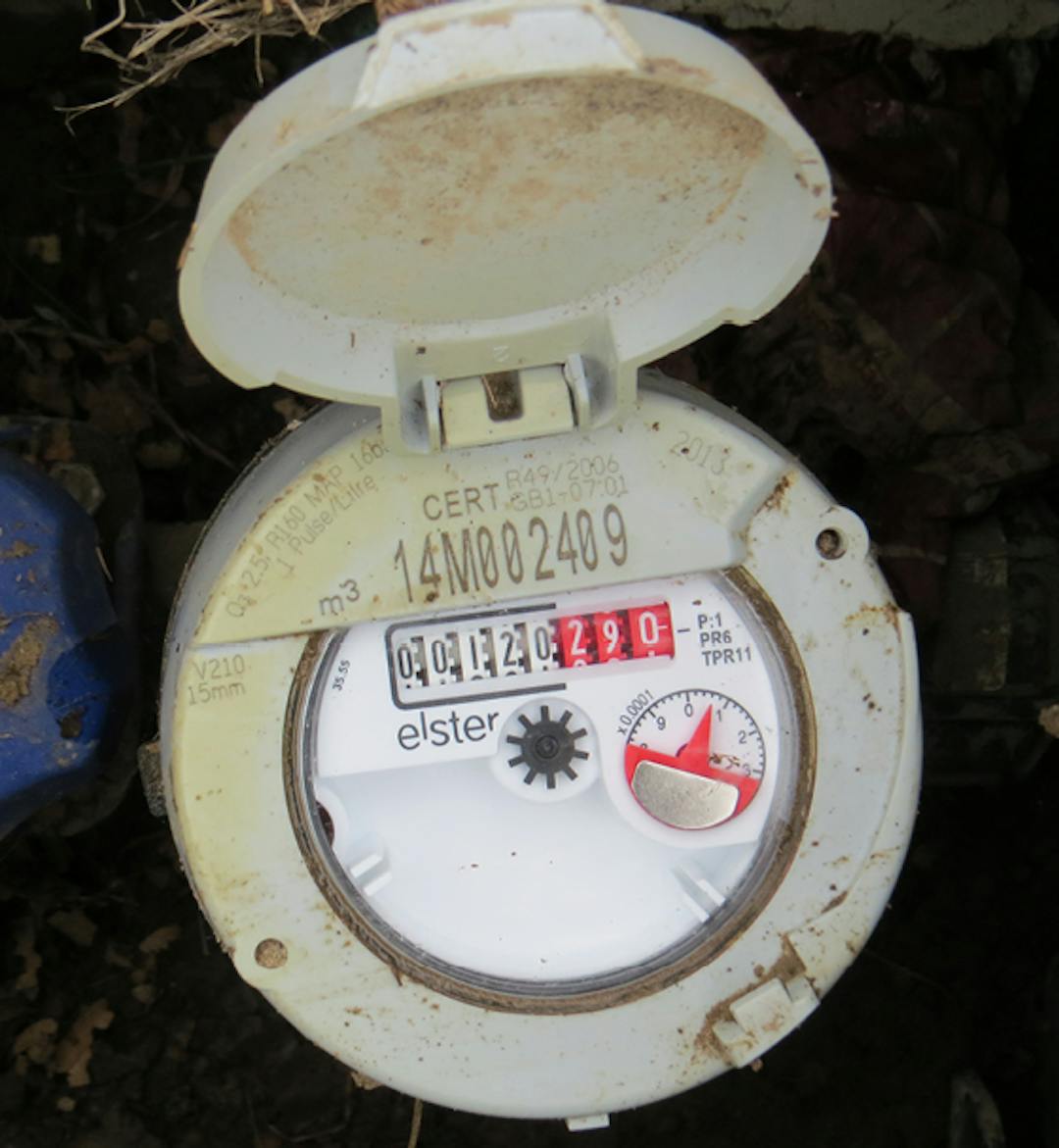Big decision 2: How we pay for drinking water supply
Consultation has concluded

Selwyn District Council’s annual cost to supply each household with 200 cubic metres of water a year is $354. This is lower than most of our neighbouring districts and below the national average of $454 a year. Our volumetric (metered) rate of $0.50 per cubic metre (1,000 litres) of water is also one of the lowest rates in New Zealand.
Water rates are used to pay for the costs of supplying water to households (not for the water itself). Currently residents pay the following types of water rates, depending on whether their water supply connection is restricted or on-demand:
- A fixed annual base rate (paid by all properties connected to a Council water supply). In 2020 this was $254 per year.
- In addition to the fixed rate, there’s also a volumetric (metered) rate for those with unrestricted water supply. This means they pay for the supply of water based on what they use. In 2020 this was $0.50 per cubic metre. Most households receive water on demand.
- In addition to the fixed rate, a rate per water unit (usually 1,000 litres) is charged to those with restricted water supply in our rural areas. In 2020 this was $183 per unit. The daily volume of water supplied to these properties is restricted to a predefined volume.
We are proposing to increase water rates for three reasons:
- The cost of supplying water is increasing as regulations change. We need to collect more revenue to meet the increased costs of providing water.
- Our district uses a lot of water on a per-person basis, and this needs to be managed carefully to ensure we can keep enjoying this resource in the future.
- We want to provide an improved level of service to our ratepayers.
We are now consulting on two options for how we could fund this water rates increase (see More info on options below). Both options are designed to raise similar levels of revenue.
As outlined in the Long-Term Plan 2018–2028, water demand management has become increasingly important to offset the effects of rapid population growth in the district, and to manage our impact on the environment. This continues to be important. Water demand management has multiple benefits, including:
- deferring capital investment in water supply, treatment and distribution
- maintaining levels of service (pressure and flow), especially at peak times
- complying with consent limits for water abstraction
- reducing operational and maintenance costs
- conserving water and minimising adverse environmental, social and cultural impacts of water extraction.







